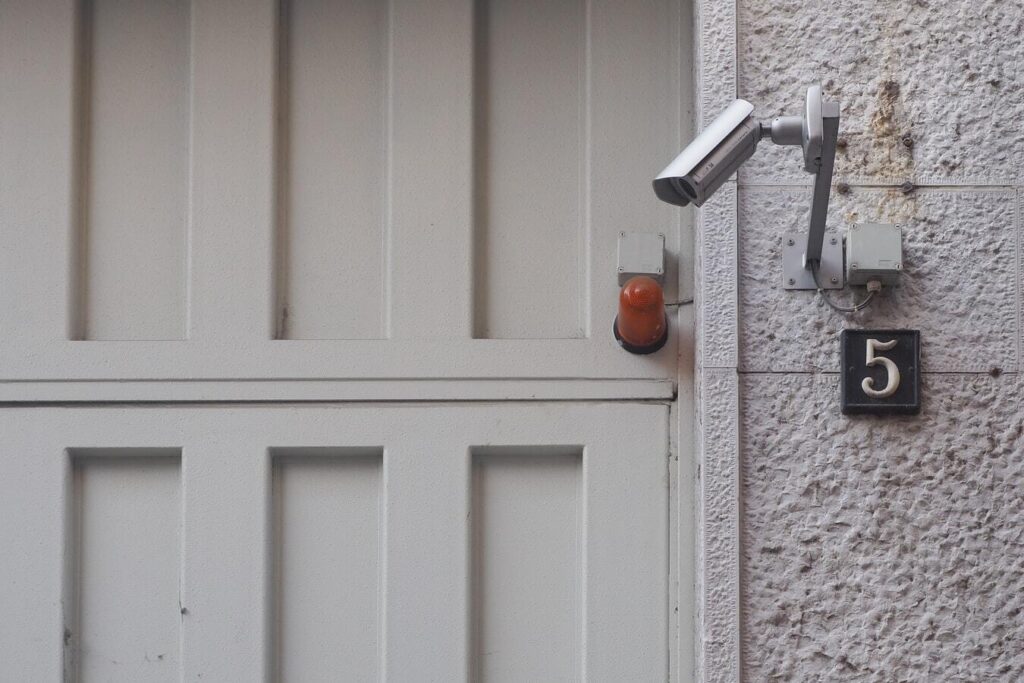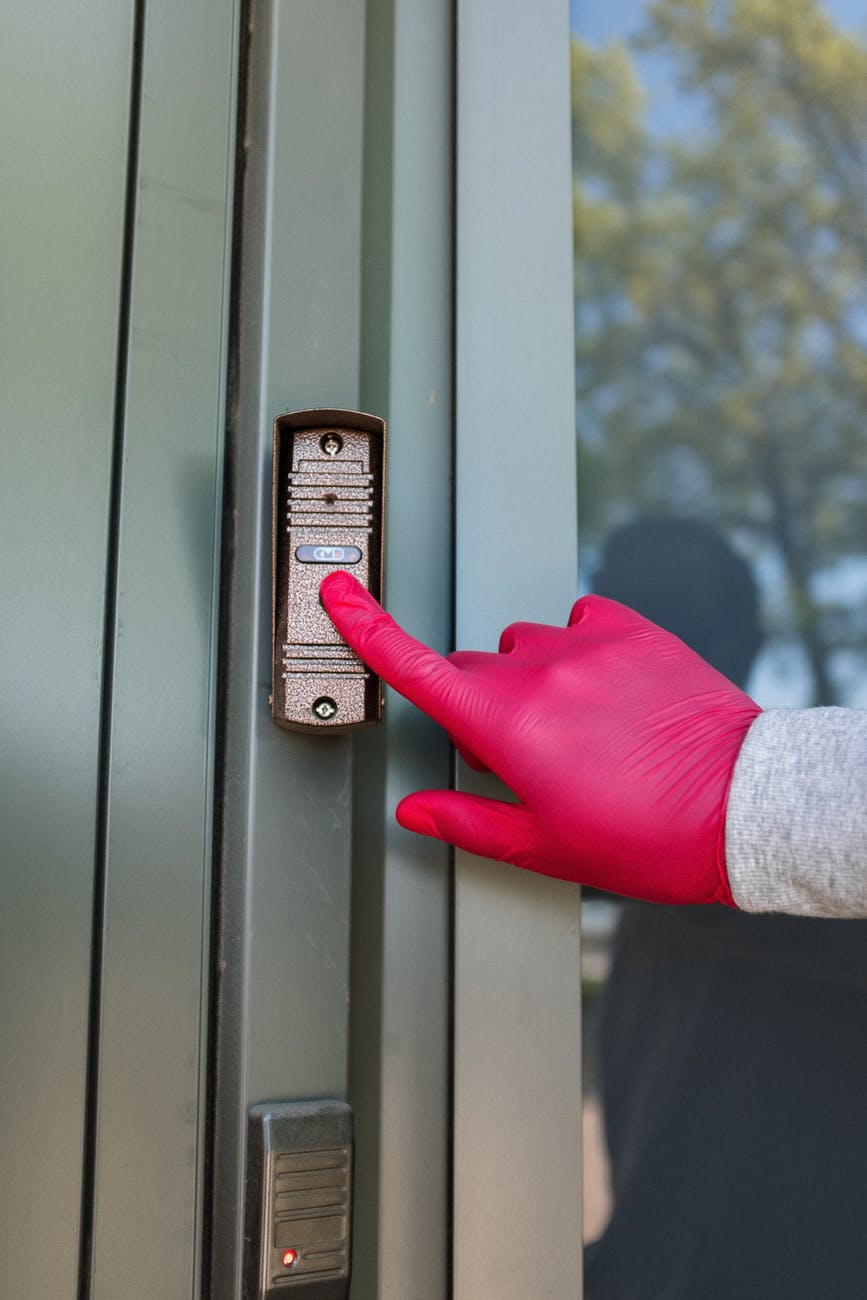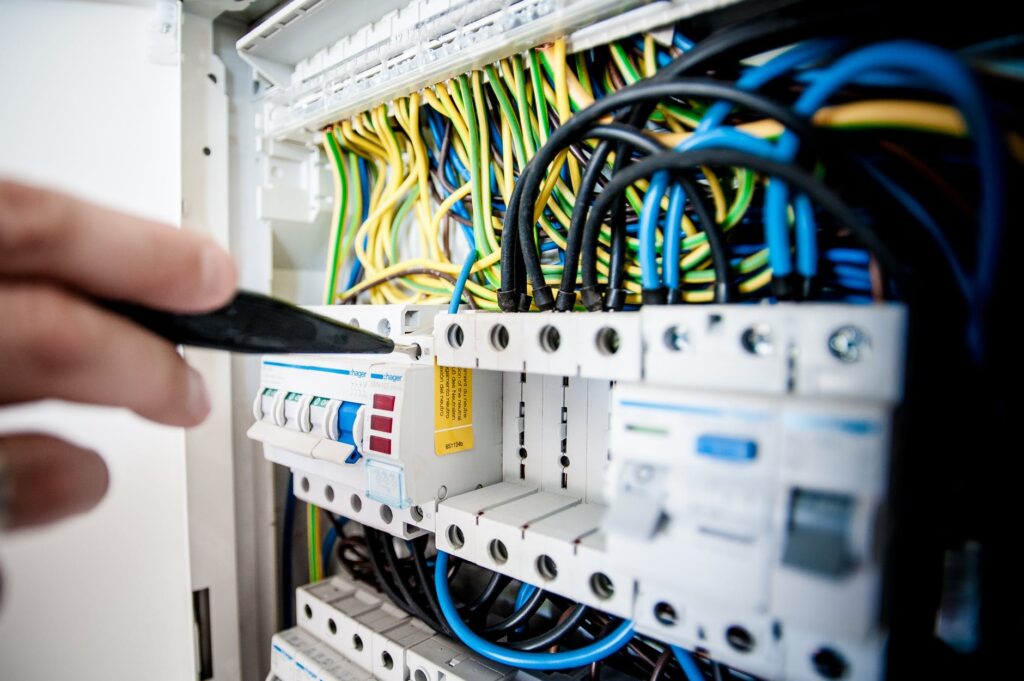What Is Considered Low Voltage?
Most of us suppose that every electrical system in our houses is essentially the same as one another. However, with the increasing emphasis on energy efficiency, we learned that the lightings and other wirings we use vary. An excellent example of this priority is the emergence of LED lighting systems in many homes. If you have LED lightings in your home or backyard, then you’ve probably come across the term low voltage. You may even have encountered it more than you realize. So, what is it, and which electrical systems in your house or office are considered low voltage?

What Is Considered Low Voltage?
Low voltage wiring refers to electrical hardware that harnesses 50 volts of electricity or fewer. The most familiar types of equipment that fall under this category carry 12V, 24V, or 48V. It is different from the standard line voltage systems that are most common in homes and use 120V or 240V.
Low voltage systems can be a more reliable and cost-effective substitute to a high voltage electrical network. They also span a wide variety of residential and commercial applications, including fire safety, defense, and audio and communications. They are simpler to mount, maintain, and use and they are subject to specific, more liberal electrical safety code standards.
Some of the most popular devices that run on low voltage wiring are telephones, internet, security alarms, fire alarms, and audio systems. Low-voltage lighting systems, especially those that use LED bulbs, are also rising in popularity nowadays. They work pretty differently from line voltage systems in that they need a transformer to convert voltages.
How Do Low Voltage Systems Work?
Low voltage systems work via a structured cabling setup- built separately from the house’s central electrical system. The structured cabling supports the low voltage wirings and usually allows for the addition of future hardware. However, its viability depends on an excellent design and efficient cable organization- a task mostly reserved for a contractor.
A successful design addresses ventilation problems provides redundancy, identifies the best wiring for the project, and designs cabling patch routes. Fiber optic cables and speaker wires are two of the most common cablings used for low-voltage installation. Simplistic, effective, adaptable, coordinated, versatile, and easy to change cabling system is ideal for optimal performance.
Another essential component is the transformer which converts line voltage to a lower voltage, from 120V to 12V or 24V. Experts recommend that you determine how much wattage your system needs to ensure that your transformer has an ideal capacity. The voltage can become too large when it exits the transformer, and without sufficient load, the transformer may malfunction.
Low Voltage Systems Are Considered for Their Excellent Benefits
The main driving force behind low voltage systems’ rise is its various advantages to home and business owners. Yes, they are energy-efficient, but they offer a lot more benefits than lowered electricity consumption. Large and smaller firms utilize multiple low voltage systems to operate their business processes, fix any security concerns, and more.
Energy Efficient and Environment Friendly
Low voltage systems conserve energy better when compared to other available options, especially in lighting systems. The reduced heat production lets the devices involved to remain cool and prevents overheating even for extended hours. It also means that they are ideal for indoor installations, which is the case for most of them.
Moreover, one of the most apparent advantages of a low-voltage device is that it is less harmful to the environment. Since the device needs less energy to work, the consumer may rely less on the power grid. Less energy consumption in operations also results in significant monthly electricity bill reductions.
Affordable and Cost-Effective
The minimal energy usage contributes to a lower electricity bill, rendering low-voltage systems more economical and cost-effective. Most of them are more durable than their line voltage counterparts, like LED lights that last longer than incandescent bulbs. Both of these factors point towards better savings for you in the long run.
Full Safety
Low voltage wirings present minimal electrical shock risk in usage, which is perfectly safe for indoor and outdoor applications. So much so that it allows the installation process to proceed without shutting down the power grid. Being low voltage means an entirely secure system- perfect for your indoor and outdoor needs.
Having complete command of your home’s controls also allows you to turn your house’s lights instantly for your home security. If you hear a suspicious noise, such as broken glass or movements in the night, this feature helps deter trespassers.
Additional Convenience
Low voltage systems’ benefits when it comes to lighting go beyond performance, durability, and safety. Many devices available today have much more regulation than was formerly possible, just like the ability to adjust lighting colors. Specific load control, rather than controlling a group of lights, is also becoming more popular among homeowners.
Many low-voltage systems have a central control panel to regulate all devices from one location and avoid leaving them. It is more convenient and helps the consumer switch off any device that isn’t in use, thus saving electricity. You’ll appreciate the peace of mind with ensuring that all devices are off before sleeping or leaving for a holiday.
What Are the Uses of Low Voltage Systems?
Low-voltage systems are simple to operate and can be helpful in any structure or establishment. Business owners and homeowners enjoy the benefits of these systems and put them to use for various purposes. Doorbells, alarm cameras, sensors, and garden lights are among its domestic applications. Most businesses considered communications and security as the most vital usages of low voltage systems, though there are plenty more.
Commercial Low Voltage Usages Are Considered Outstanding
Businesses can employ low voltage solutions for security and safety, like CCTV cameras, to oversee what transpires inside the building. They are very good at maintaining appropriate staff and visitor activities and investigating breaches in the area. Motion sensors and other intrusion prevention devices can help protect the building from trespassers and unwanted movements.
Commercial and industrial buildings also incorporate different low voltage technologies for connectivity and information transfer. Intercoms and pagers efficiently and quickly deliver alerts and updates, allowing for faster and more efficient responses. These systems are particularly crucial in hospitals, health centers, and medical facilities.
Low-voltage lighting has been found to provide excellent views inside offices and can be suited to meet particular corporate needs. Overall, businesses also prefer low voltage systems for their operations due to a variety of advantages.
Residential Low Voltage Uses Are Considered Valuable
Many residential low voltage solutions are in conjunction with commercial functions, most notably protection, including anything from alarms to CCTVs. Fire alarm systems are critical for eliminating damages in a fire emergency, mainly while people are still sleeping. Additionally, CCTV cameras dissuade burglary and assist in monitoring younger household members and elderly who need assistance.
Due to their various advantages, low voltage LED lights are also desirable amongst homeowners. They are less expensive to operate due to lower energy usage while providing better and more ecologically responsible lighting alternatives.
Different Applications of Effective Low Voltage Systems
Low voltage installation has many benefits, including its versatility for various applications in almost any home or business establishment. The following are among the most popular applications of low-voltage systems:
Low Voltage for Reliable Fire Protection Systems
Fire protection systems’ primary purpose is to ensure people’s safety in residential and commercial buildings during a fire. Fire alarms alert individuals of the emergency for timely evacuation and prevention of further damage and loss of lives. Meanwhile, sprinklers and other suppression systems automatically put out the fire through chemicals or foam, protecting supplies and equipment.
A fire safety system is the ideal solution to safeguard businesses from fire, minimize property damage, and keep employees safe. Sprinklers, smoke alarms, and other fire-fighting devices are all part of this system, which works together to protect against fire. They function to contain the fire while alerting authorities for emergency personnel dispatch to the affected area.
Comprehensive Low Voltage Security Systems
Low voltage security systems are a big help in making people safer by deterring theft and other crimes. It includes closed-circuit television (CCTV) or security cameras, recorders, and monitors showing live footage within your establishment premises. These pieces of equipment also allow you to review video recordings whenever you need them.
Motion sensors also help alert your security personnel by effectively detecting trespassers, intruders, and other potential dangers. Access control systems like card readers and biometric scanners meanwhile keep unauthorized people from getting into restricted rooms. These security tools and structures should help you monitor and secure your home or business establishment better.
Low Voltage Are Considered for Effective Communication Systems
When asked what the most popular usage of low voltage wiring is, communication might be considered the most common. Telephone lines utilize too low of an electrical current that only a phone company can shut its power. The same goes for internet and wi-fi connections.
Efficient relay of messages and information is also crucial in large business establishments. Intercom systems facilitate this undertaking with reliable paging and call stations. Security personnel can utilize them for mass instructions and notifications to people within the building premises in case of emergencies.
Nurse call systems also benefit hospital and medical center workers through quick and successful communication and dissemination of information. Their use results in rapid response, which is vital for patients in need of immediate attention.
Energy-Efficient Lighting Systems
Whether used indoors or outdoors, low-voltage lighting is now the most popular option for domestic lighting systems. Its recognition in the United States began in the 1950s, and it has remained that way with its various functions. Low voltage lighting is uncomplicated to install and versatile, working in multiple environments and conditions.
With a wide range of bulbs and beam types, low voltage lights bring greater flexibility for your lighting system needs. They also provide more installation options, as they can fit seamlessly in narrower or smaller spaces. Low-voltage lighting is standard not only for backyard lighting but also for pathways, terraces, and even pool lighting.
You can integrate these low voltage infrastructures through a sound and ingenious system, either by cables or wireless networks. It connects your surveillance cameras to recording equipment, communication devices to each other, and more.
You can never think of your property’s fire safety, surveillance, and communication systems as distinct from one another. You can comfortably manage and monitor every component of low voltage infrastructure in an integrated structure with complete connectivity solutions. When they function together, you can relax knowing that your employees’ and clients’ safety and protection are not at risk.

Professionals Low Voltage Providers Should be Considered
Many homeowners are usually not knowledgeable about low voltage installations, which might contribute to the task’s difficulties. When you configure your equipment, there is no assurance that the process will correct and precise, potentially resulting in damages. It is best to work with competent low-voltage experts to prevent hard work, excessive tension, and potential mistakes.
When selecting a low voltage system company, bear in mind future potential issues and choose contractors to meet those needs. They should have the necessary licenses to operate in the area and a valid work injury compensation policy. Additionally, companies should update to see if their low-voltage systems are current and using the most advanced technologies.
Low Voltage May Just Be What You Need
Low voltage wirings are the best for many devices that rely on minimal electricity to function well. These devices typically include communication and security systems that provide plenty of uses to residential and commercial establishments. With their benefits, they are a perfect option for all your electrical system and integrated network needs.
Whether garden lighting, security alarm, or any low-current devices you considered installing, a reliable low voltage system is what you need. Low-voltage systems reduce electricity costs while providing functional solutions to your electrical network demands.
Assess what your residence and business need, and speak with a low-voltage provider in your area to find out what will fit perfectly for you. With a professional contractor’s help, you can have the integrated solution to upgrade your home or business.

